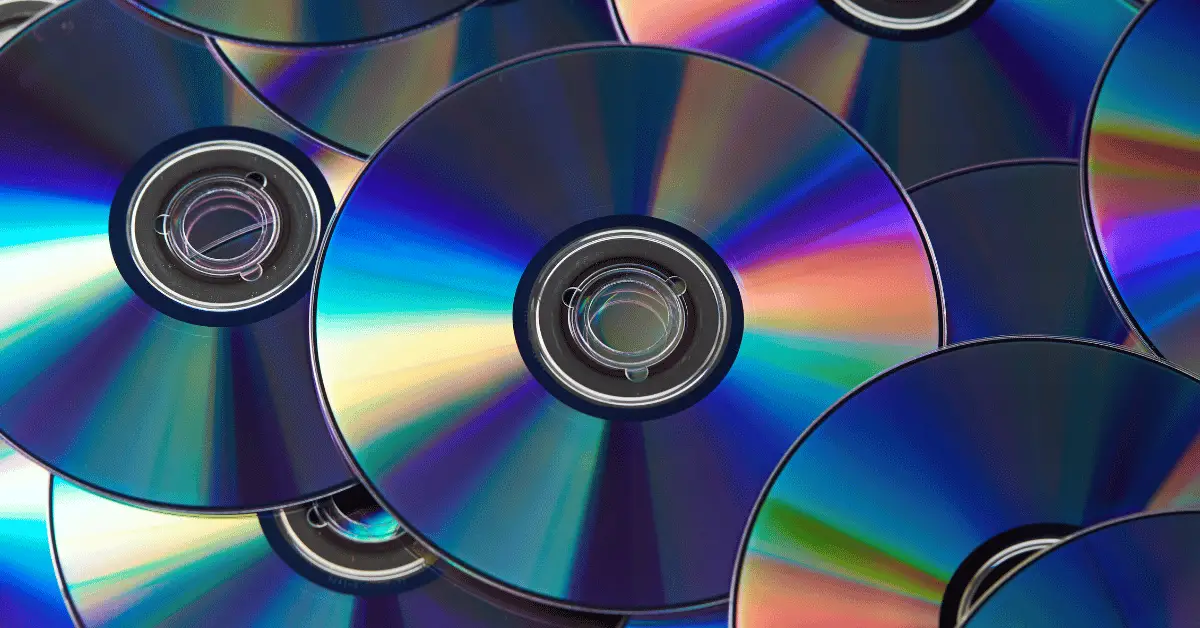Portable DVD players are a popular choice for watching movies on-the-go. However, sometimes you may want to watch a movie or give a presentation on a larger screen. In these situations, connecting your portable DVD player to a projector can be a great solution. By connecting the two devices, you can display your content on a larger screen for a better viewing experience. In this guide, we’ll show you how to connect your portable DVD player to a projector, so you can enjoy your favorite movies and presentations on the big screen.
Table of Contents
Can You Connect a Portable DVD Player To a Projector?
Portable DVD players are a popular choice for watching movies on-the-go, but what if you want to watch a movie or give a presentation on a larger screen? In these situations, connecting your portable DVD player to a projector can provide a larger display for your content. In this article, we’ll show you how to connect your portable DVD player to a projector.
Step 1: Check the connections Before you start, make sure you have the right cables and adapters to connect your portable DVD player to the projector. Most portable DVD players use a composite video output, so you’ll need a composite video cable. Check the projector’s manual to find out which type of cable you need.
Step 2: Connect the cables Connect one end of the composite video cable to the composite video output on your portable DVD player, and the other end to the composite video input on the projector.
Step 3: Turn on the projector Turn on the projector and switch the input to the composite video input that you’ve connected your portable DVD player to.
Step 4: Turn on the DVD player Turn on your portable DVD player and insert the DVD you want to watch.
Step 5: Adjust the display settings on the projector Once your portable DVD player is connected to the projector, you may need to adjust the display settings on the projector to get the best possible image. Use the focus, zoom, and keystone correction settings to get the best possible image.
Step 6: Start the movie or presentation Once you’ve adjusted the display settings, start the movie or presentation you want to display. The content should now be projected onto the larger screen.
Can You Watch DVDs On a Projector?
Yes, you can watch DVDs on a projector. Most projectors have an input that is compatible with a DVD player, such as composite video, HDMI, or VGA. The process of watching a DVD on a projector is very similar to watching a DVD on a television.
Here are the steps to watch a DVD on a projector:
Step 1: Connect the DVD player to the projector Connect the DVD player to the projector using an appropriate cable. Most DVD players have composite video, HDMI, or VGA outputs. Check the projector’s manual to find out which type of cable you need.
Step 2: Turn on the projector and DVD player Turn on the projector and DVD player. Make sure the projector is set to the correct input to receive the DVD player’s signal.
Step 3: Insert the DVD Insert the DVD into the DVD player and wait for it to load. Make sure the DVD player is set to output the correct video signal to the projector.
Step 4: Adjust the display settings Once the DVD is playing, you may need to adjust the display settings on the projector to get the best possible image. Use the focus, zoom, and keystone correction settings to adjust the image.
Step 5: Enjoy the movie Sit back and enjoy the movie on the big screen!
In conclusion, watching DVDs on a projector is a great way to enjoy movies and other content on a larger screen. By following these simple steps, you can easily connect your DVD player to a projector and enjoy your favorite movies in a whole new way.
Conclusion
In conclusion, connecting your portable DVD player to a projector can provide a larger display for your content, whether you’re watching a movie or giving a presentation. By following these simple steps, you can easily connect your portable DVD player to a projector and enjoy your content on the big screen. Remember to check the connections, adjust the display settings, and adjust the projector settings to get the best possible image.

